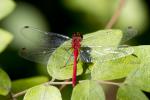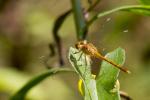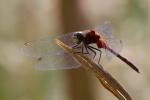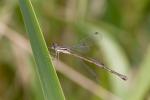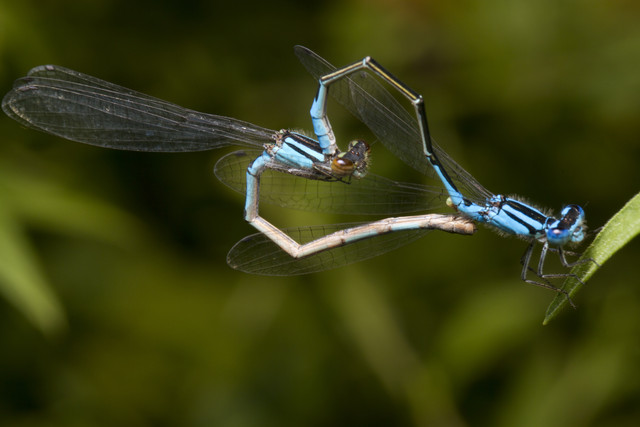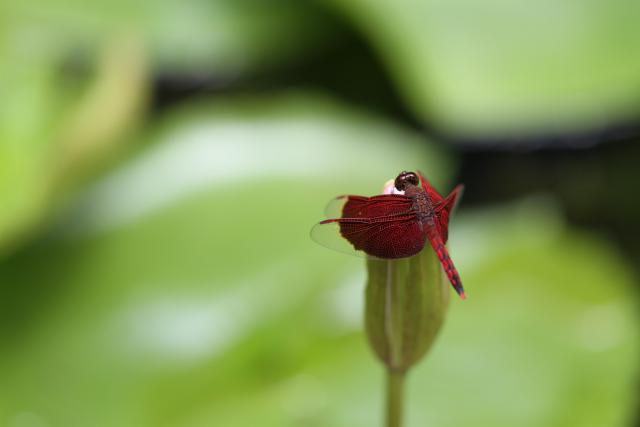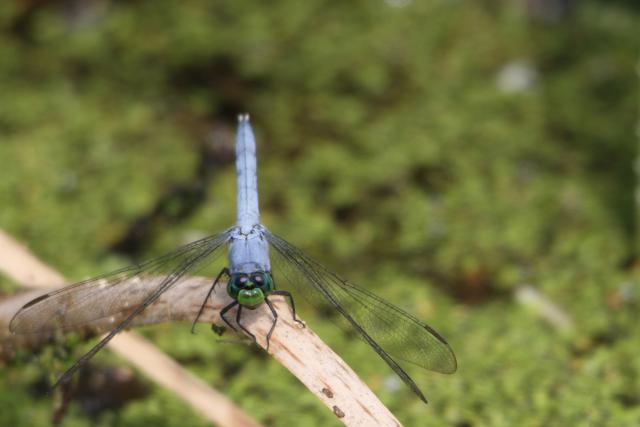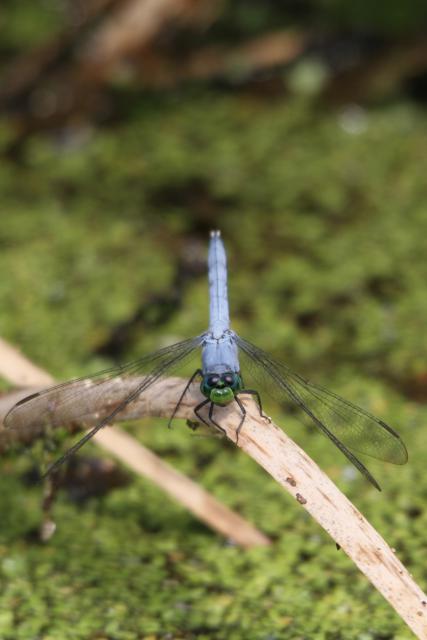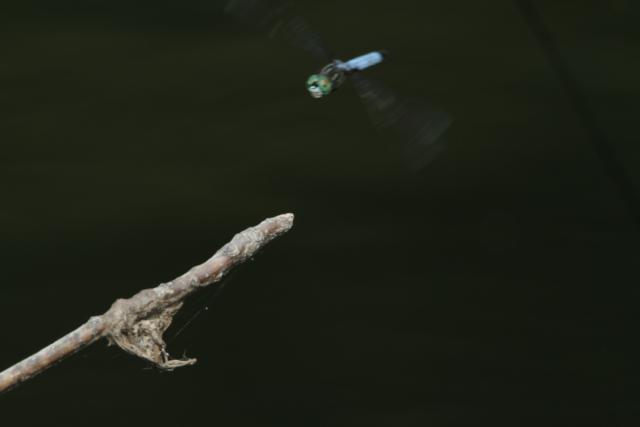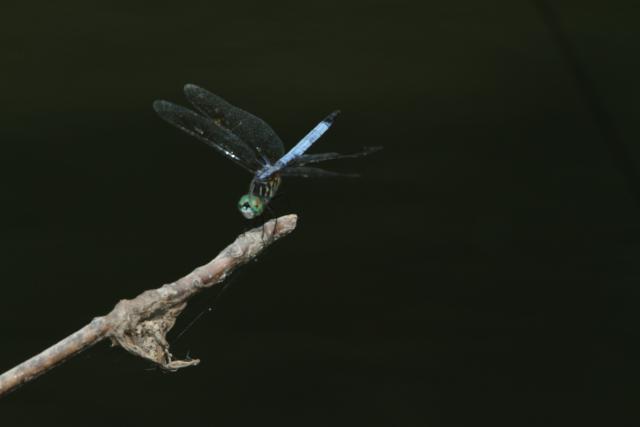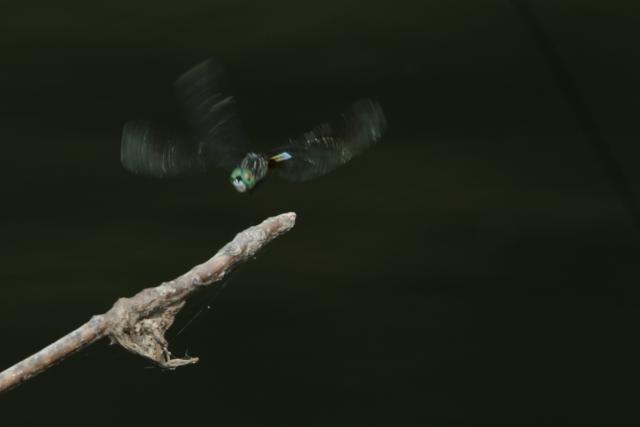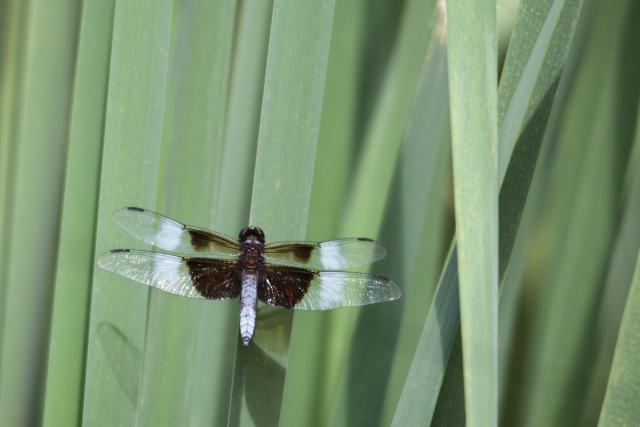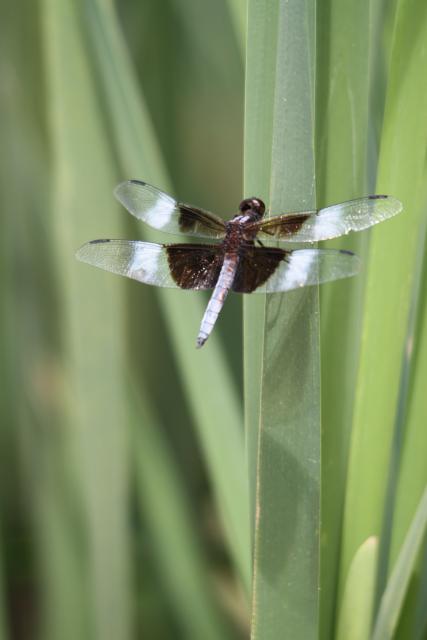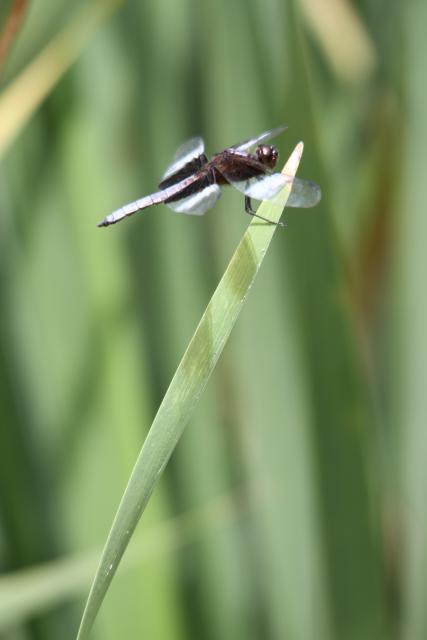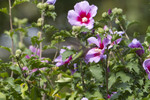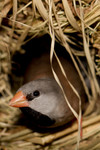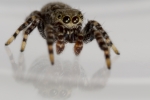dragonfly
Dragonfly Assortment
ktuli — Wed, 09/02/2015 - 14:06
Playing Catch-up
ktuli — Tue, 07/08/2014 - 19:55
I don't seem to have much motivation to process photos these days, but I finally plowed my way through a huge stack of photos that have been sitting on memory cards waiting to be processed and uploaded. So since it has been almost a month since I've posted anything, I'll just share a big assortment today to get caught up. Perhaps I'll get out and collect some more photos here soon.
Just mouseover the thumbnails for the larger version to be displayed...
 |
 |
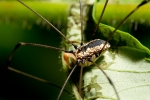 |
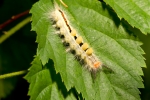 |
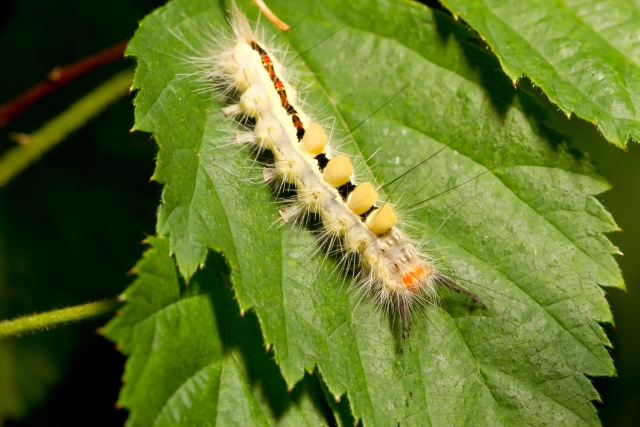 |
|||
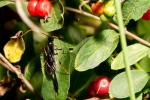 |
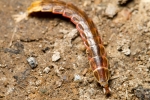 |
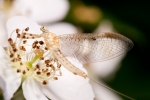 |
 |
And now for some vertical oriented photos:
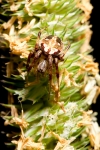 |
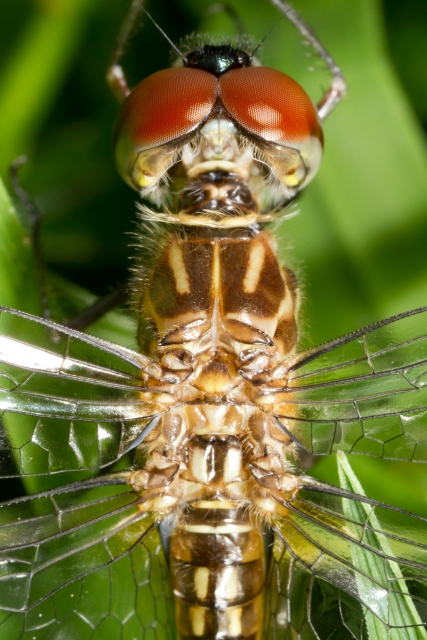 |
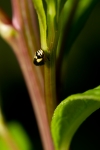 |
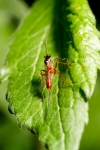 |
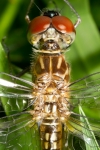 |
|
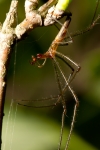 |
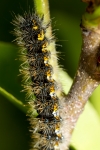 |
Thanks for viewing and hopefully I can get back to a more regular posting schedule here soon.
- Bill
Mating Damselflies
ktuli — Tue, 07/26/2011 - 07:12
Sorry - still haven't managed to process the PVGP photos, so another bug shot from Beechwood Farms.
This is a pair of mating damselflies.
Technical Data: Canon EOS 7D, Canon EF 100mm f/2.8L Macro IS USM, 1/250 sec at f/16. Canon Speedlight 580EX II flash in auto mode and wireless control. Image Stabilization on. ISO 160. RAW processing in Adobe Camera Raw. Beechwood Farms Nature Reserve, Fox Chapel, PA.
I am hoping to get to the PVGP photos tonight, and if I finish early enough, I'll try to post at least one from that set. Stay tuned.
- Bill
Bali: Red Dragonfly
ktuli — Tue, 03/15/2011 - 19:44
Technical Data: Canon EOS 7D, Canon EF 100mm f/2.8L Macro IS USM, 1/790th sec at f/2.8. Image Stabilization on. ISO 200 (Auto). No post production.
Why This Photo: These beautiful red dragonflies were flying around the Puri Santrian hotel among the many water gardens on the grounds. As soon as I saw them, I knew I had to try out the new macro lens with them.
What Works: The off-centered dragonfly is in perfect focus (looking at the fullsize version reveals the intricate detail in the delicate wing. The extremely wide aperture of f/2.8 produces an incredibly soft bokeh background that has just enough shape to show the lily-pads that accompany this closed water lily bud.
What Doesn't Work: That same wide aperture that produced the soft background also produced such a narrow depth of field that the entire dragonfly is not in clarity. I feel this is ok to some extent, but wish that the dragonfly's body and head were in more clarity.
- Bill
Poll: Cropped Blue Dasher
ktuli — Thu, 09/02/2010 - 19:35
Alright - bear with me for one more dragonfly photo, and then I'll switch it up.
So today, we'll look at several different crops of the same photo. The subject is a Blue Dasher (Pachydiplax longipennis) that I saw while at Raccoon Creek State Park.
Technical Data: Canon EOS 7D, Sigma 150-500mm f/5-6.3 APO DG OS HSM at 500mm, 1/260 sec at f/8. OS mode 1. ISO 200. Dolica AX620B100 tripod mounted. No post production. Raccoon Creek State Park, Beaver County, PA.
I honestly originally thought that I would like the square crop the best - I'd recently read an article in one of my photography magazines about the virtues of a square crop. However, after seeing them all together, I honestly am not sure which crop I like best. I'll have to debate a bit before deciding.
Place your vote and leave a comment to let me know why you feel the way you do.
- Bill
Landing Dragonflies
ktuli — Wed, 09/01/2010 - 19:34
So one of the shots I've been trying to capture for a while is a dragonfly in flight. As you might expect, it isn't exactly the easiest thing to manage.
The most important thing I've learned is to observe the dragonflies for a while - turn the camera off and just watch. Try and identify a pattern; often dragonflies will repeatedly return to a certain landing point or hover in the same spot. You need to identify those places and prepare for your shot from there. Once you identify a place, setup your camera and compose your shot - don't worry about trying to capture anything just yet. Pay attention to your background, make sure that you won't have something distracting that will ruin the shot if you do end up getting one. Now, moving around and setting up your camera and tripod may very well have spooked the dragonfly. So you'll likely have to wait a bit longer for it to calm down and return to its pattern, but more than likely it will, so just be patient (ie: don't go moving the camera and starting over!). Finally, use a remote shutter release and shoot without using the viewfinder, just fire off bursts when the dragonfly nears the spot you are composes on. And of course, you'll need a faster shutter speed, which probably means a wide aperture.
That all said, I still haven't gotten a perfect dragonfly in flight shot yet. There's always something just a little bit off...
Sometimes I'm too early...
Or too late...
And sometimes I get close, but the focus is not perfect and the shutter speed is a little too slow to freeze the motion of the wings...
And sometimes even a bit closer still - focus is better but continues to not be perfect, but the faster shutter froze the motion of the wings a little better...
So I'm stick with it and keep trying. There are a few more things I'll be keeping in mind next time I'm shooting for one of these. First, I'll try manually focusing on a spot and avoid using auto-focus. Also, I'll make sure I just default to the largest aperture right off the bat to speed up the shutter (and maybe go with a higher ISO). And if possible, I'll get the lighting a little better to brighten up the wings - in the last shot, since they're frozen, they almost disappear - having a bit of highlight lighting on them would help to accentuate the wings and avoid capturing a floating dragonfly body. Perhaps a flash unit would help, but so far I am still nervous about using flash.
It is a challenging shot, that's for sure, but then again - I am not stranger to elusive and challenging shots.
- Bill
PS: Here's the technical data for all of the shots above:
Technical Data: Canon EOS 7D, Sigma 150-500mm f/5-6.3 APO DG OS HSM at 500mm, 1/330 sec at f/9.9 (first three shots) and 1/1020 as f/6.4 (last shot). OS mode 1. ISO 200. Dolica AX620B100 tripod mounted. No post production. Raccoon Creek State Park, Beaver County, PA.
Widow Skimmer Dragonfly (part 2)
ktuli — Tue, 08/24/2010 - 20:23
Just sharing a couple more photos of that Widow Skimmer Dragonfly...
Technical Data: Canon EOS 7D, Sigma 150-500mm f/5-6.3 APO DG OS HSM at 500mm, 1/330 sec at f/6.4 plus 1/3 stop exposure compensation (not sure how that got flipped on). OS mode 1. ISO 200. Dolica AX620B100 tripod mounted. No post production. Raccoon Creek State Park, Beaver County, PA.
Technical Data: Canon EOS 7D, Sigma 150-500mm f/5-6.3 APO DG OS HSM at 500mm, 1/200 sec at f/6.4 plus 1/3 stop exposure compensation (not sure how that got flipped on). OS mode 1. ISO 200. Dolica AX620B100 tripod mounted. No post production. Raccoon Creek State Park, Beaver County, PA.
Feel free to critique to your heart's content in the comments.
- Bill
Widow Skimmer Dragonfly (part 1)
ktuli — Mon, 08/23/2010 - 18:54
Before I get into the photos, I wanted to share some news with everyone. Last week, Anya and I bought some kayaks. So far we've taken them out to the Youghiogheny River at Cedar Creek Park and at the lake at Raccoon Creek State Park. Which leads me into the photos...
Several weeks ago, I went fishing with my dad and brothers at Raccoon Creek State Park and I took my camera along to see what I could catch with it. The fishing wasn't so hot, but I came home with a handful of good dragonfly photos.
This particular species of dragonfly is called a Widow Skimmer (Libellula luctuosa). And we saw many more while out kayaking - they tend to like taking a rest on the kayaks as we paddle through the water.
Technical Data: Canon EOS 7D, Sigma 150-500mm f/5-6.3 APO DG OS HSM at 500mm, 1/200 sec at f/6.4 plus 1/3 stop exposure compensation (not sure how that got flipped on). OS mode 1. ISO 200. Dolica AX620B100 tripod mounted. No post production. Raccoon Creek State Park, Beaver County, PA.
What Works: I like the strong composition with the dragonfly resting close to one of the thirds, and the diagonal line of the blade of grass is nice.
What Doesn't Work: There is a slight ghosting around the dragonfly if you zoom to full-size - I think this might actually be a result of having the OS turned on while tripod mounted (I've read some things that this might not be the best thing to do). Also, I wish the exposure compensation wouldn't have gotten flipped up a notch as I really have no clue how that happened!
This really is a simple shot with a very obvious point of focus - something I really like in my nature photography.
- Bill

